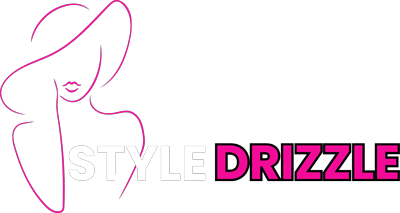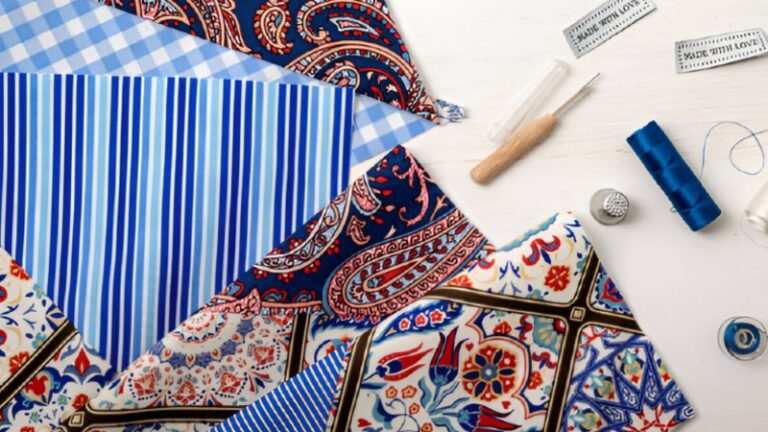Mixing prints and patterns is one of the most dynamic ways to express your personal style. While the trend has gained immense popularity in fashion, many people still hesitate to experiment because they fear clashing colors or overwhelming designs. The truth is, mixing prints can be effortless when approached strategically, with attention to scale, color, and balance.
Why Mixing Prints Matters
Print mixing is not just a fashion statement; it’s a creative tool. By combining patterns thoughtfully, you can:
- Maximize your wardrobe versatility
- Create visually striking outfits
- Express personality and confidence
- Modernize classic pieces
In fact, according to a 2025 fashion trend survey by FashionNova Insights, 68% of respondents felt that outfits with mixed prints conveyed higher confidence and creativity.
Core Principles for Print Mixing
Before diving into specific techniques, understanding the fundamental principles will help you mix prints like a pro.
1. Balance Scale and Visual Weight
The scale of prints—how big or small the pattern is—plays a pivotal role. Pairing a large, bold print with a smaller, more delicate pattern creates harmony and prevents visual clutter.
- Large prints: Oversized florals, wide stripes, or geometric shapes
- Small prints: Pinstripes, tiny polka dots, subtle checks
Example: A maxi floral skirt (large print) pairs beautifully with a fine-striped blouse (small print), allowing both patterns to coexist without overpowering each other.
2. Coordinate Colors
Color cohesion is essential. Start by selecting prints that share at least one color, or choose complementary tones. A unified palette can turn seemingly clashing prints into a polished ensemble.
Pro Tip: Neutral shades like black, white, beige, or navy can act as visual anchors to ground more vibrant prints.
3. Use a Dominant Print
Every outfit should have a focal point—the star print. The supporting patterns should complement without competing for attention. This hierarchy keeps your look organized and intentional.
Example: A leopard-print coat can act as the dominant print, while a subtle striped scarf supports the look.
Advanced Techniques for Mixing Prints
1. Contrast Patterns Strategically
Pair patterns with contrasting styles for a modern edge. Some classic combinations include:
| Primary Print | Supporting Print | Why It Works |
|---|---|---|
| Floral | Stripes | The softness of florals balances the linearity of stripes |
| Polka dots | Checks | Both are geometric but differ in scale, creating playful contrast |
| Animal print | Geometric shapes | Animal prints act as neutral with a bold geometric accent |
2. Layer for Depth
Layering prints can enhance dimension and texture. Combine jackets, scarves, or vests with patterned tops or bottoms. Ensure there’s at least one solid or neutral layer to give the eye a breather.
Example: A plaid blazer over a floral dress with a neutral belt creates a visually rich outfit without looking chaotic.
3. Play with Texture
Incorporating textures adds another level of sophistication. Matte fabrics, satin, denim, and knits can all interact differently with patterns. Mixing prints across textures can make your outfit appear curated and designer-worthy.
4. Experiment with Scale Triads
Going beyond two prints? Apply the rule of three:
- Dominant large print
- Supporting medium print
- Accent small print (like accessories)
Example: A bold striped skirt, medium-scale floral scarf, and tiny polka-dot bag create a cohesive, layered look.
Animal Prints as the New Neutral
Animal prints are incredibly versatile. Leopard, snake, and zebra patterns can function as neutral anchors for other prints. Keep tones earthy or monochromatic to maintain balance.
Example: Pairing a snake-print skirt with a striped black-and-white top creates an unexpected but harmonious outfit.
Mixing Prints Across Seasons
Most style guides focus on color and scale, but a fresh approach is to consider seasonal contrast. Mixing prints allows you to carry summer staples into cooler seasons by layering or pairing with heavier fabrics.
- Summer florals + winter plaid blazer
- Lightweight striped blouse + animal print boots
- Pastel floral dresses + dark geometric scarves
Seasonal layering not only looks stylish but also extends the versatility of your wardrobe.
Practical Examples of Print Mixing
Here’s how to apply these principles in real-life outfits:
- Workwear: Navy striped blouse + small houndstooth skirt + neutral heels
- Casual: Graphic tee + floral kimono + subtle polka-dot leggings
- Evening: Leopard-print slip dress + plaid oversized coat + striped clutch
Common Mistakes to Avoid
- Too many dominant prints competing for attention
- Ignoring color cohesion
- Overlooking scale contrast
- Neglecting neutral layers or negative space
- Lack of confidence—your attitude completes the outfit
Tips for Beginners
- Start small: experiment with accessories before committing to full outfits
- Stick to one color family at first
- Use classic prints like stripes, checks, or polka dots as a base
- Mix prints in two locations of the body (top and bottom) rather than all over
- Keep the focus on one bold element at a time
Print Mixing Principles
| Principle | Example | Why It Works |
|---|---|---|
| Scale | Oversized floral skirt + small pinstripe blouse | Creates visual balance and focus |
| Color Coordination | Blue checked blouse + blue floral skirt | Maintains cohesion across prints |
| Dominant Print | Leopard coat + striped scarf | Prevents chaos by giving hierarchy |
| Layering | Plaid blazer + floral dress + solid belt | Adds depth and breaks up busy patterns |
| Animal Prints | Snake-print skirt + striped top | Neutralizes bold prints for balance |
Conclusion
Mixing and matching prints is both an art and a science. By understanding scale, color coordination, layering, and pattern hierarchy, you can transform your wardrobe from safe to striking. Remember, fashion is about confidence, self-expression, and creativity. Embrace animal prints as neutrals, layer thoughtfully, and experiment with seasonal contrasts to create outfits that are uniquely yours.
With these strategies, you’ll be able to mix prints like a pro, turning everyday outfits into head-turning statements while maximizing wardrobe versatility.
Frequently Asked Questions (FAQs)
What is the key to mixing prints successfully?
The key to mixing prints successfully is balance. Focus on coordinating colors, varying print scales, using a dominant print, and incorporating neutral layers or accessories to tie the look together.
Can animal prints be mixed with other patterns?
Yes, animal prints like leopard, snake, or zebra can act as neutral anchors. Pair them with florals, stripes, or geometric patterns while keeping the color palette cohesive.
How many prints should I mix in one outfit?
For beginners, it’s best to start with two prints. Advanced styling can use the rule of three: a dominant large print, a medium supporting print, and a small accent print, often through accessories.
What are the best prints to start mixing with?
Classic prints like stripes, checks, polka dots, and gingham are beginner-friendly. They serve as neutral or foundational prints for experimenting with bolder patterns.
Can I mix prints across seasons?
Absolutely! Seasonal mixing is a creative way to maximize your wardrobe. Pair summer florals with winter plaids, or pastel prints with darker textured layers to extend outfits year-round.


